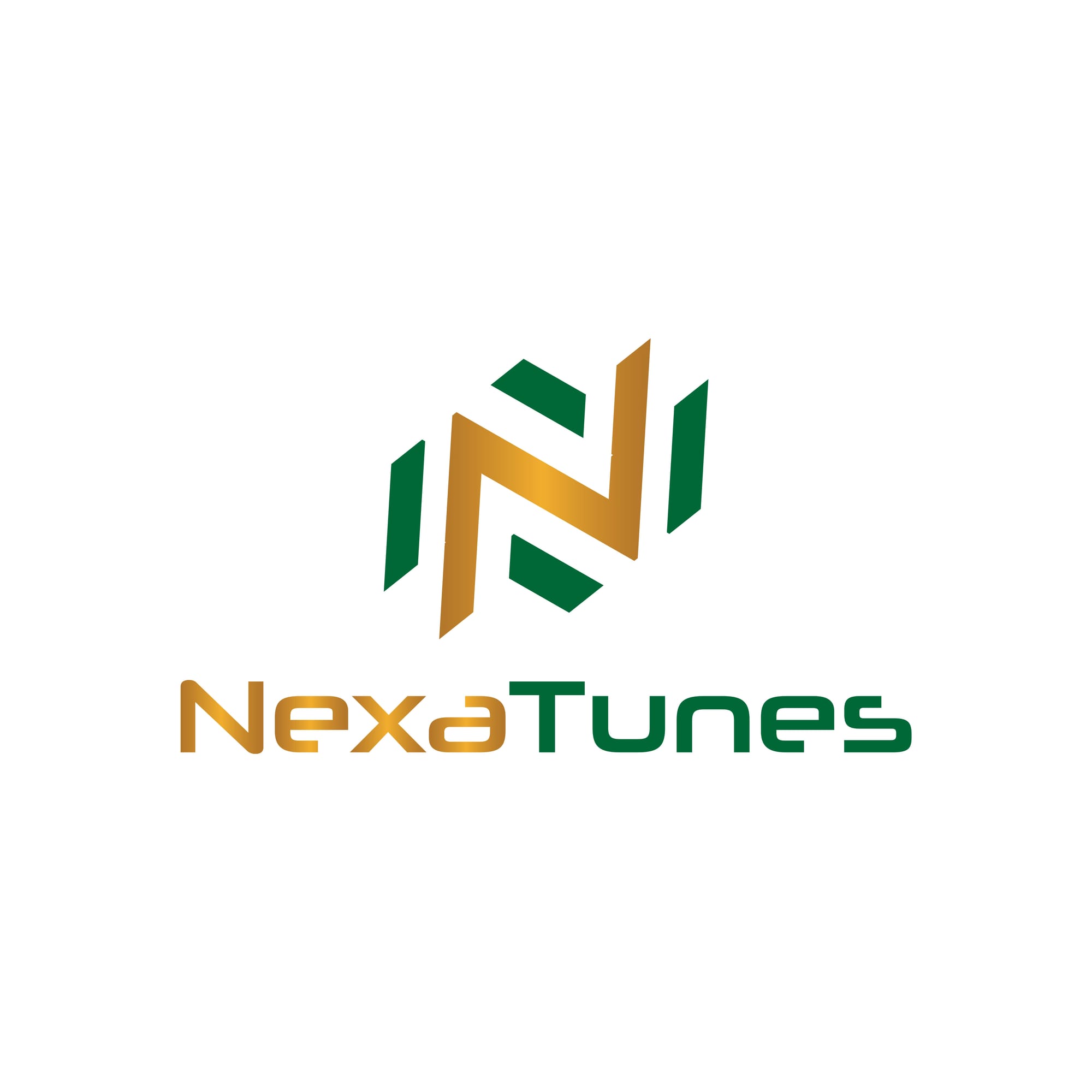Apple Music in 2025: Structure, Payouts, and Why It Still Matters for Independent Artists
🎧 Introduction
While Spotify dominates the conversation, Apple Music continues to operate as one of the most stable, artist-friendly platforms in the streaming economy. With over 110 million global subscribers, a strong commitment to audio quality, and some of the highest per-stream payouts among major DSPs, Apple Music remains a core part of a well-balanced release strategy.
But how does it work? What makes Apple Music different—and why should independent artists and labels still care in 2025?
Let’s break it down.
1. Platform Structure: Ecosystem vs. Algorithm
Unlike Spotify, Apple Music is less dependent on algorithmic discovery and more focused on curated listening, editorial playlists, and library-driven behavior.
Key structural elements:
- No free tier → Every listener is a paying subscriber (important for payout consistency)
- Less focus on autoplay or radio → More intentional listening
- Heavier use of editorial playlists over algorithmic ones
- Seamless integration into Apple’s ecosystem: iOS, Siri, CarPlay, Apple Watch, etc.
This means Apple Music doesn’t chase attention in the same way Spotify does—it builds habit and loyalty across devices.
2. Artist Payouts: One of the Highest in the Market
Apple Music pays out, on average, around $0.007 – $0.01 per stream. That’s 2–3x higher than Spotify’s effective rate, especially for tracks that are fully monetized through direct rights ownership.
Apple has also stated publicly that:
- It does not apply stream thresholds (like Spotify’s 1,000-stream rule)
- It does not discount artist royalties for promotional placement (unlike Discovery Mode)
This makes Apple Music one of the most transparent and stable DSPs in the game—particularly for artists with a small but dedicated following.
3. Editorial Culture: Quality over Virality
Apple Music has always leaned toward editorial curation. The platform’s playlists are known for being genre-focused, well-maintained, and resistant to clickbait trends.
Notable examples:
- Today’s Chill, New Music Daily, Rap Life, A-List Pop, Electronic Concentration
The editorial teams are highly regionalized and genre-specific. Apple Music does not offer a public playlist pitching tool like Spotify—but works closely with distributors and direct label relationships.
That means: if you’re working through a distributor with editorial connections, your chances of placement rise. But there’s still no guaranteed path—placement is based on fit, not favoritism.
4. Strategic Opportunities for Indie Artists
Apple Music isn’t just a passive presence in your distro list. It offers active tools and positioning—if you know how to use them.
Key strategic advantages:
- Lossless and Hi-Res Audio → Ideal for producers, instrumentalists, and audiophiles
- Apple Music for Artists → Clean analytics, geographic breakdowns, playlist tracking
- Artist profile control → Custom bio, image, links, and more
- Pre-adds → Apple’s version of pre-saves, built into iOS music library
And let’s not forget Shazam integration—a major channel for track discovery on Apple-owned services like iTunes, TV, and Siri.
5. Apple’s Artist-Centric Direction
While Apple may not make as much noise as Spotify, its direction is increasingly artist-centric:
- Launch of Apple Music Classical → Specialized platform for niche genres
- Emphasis on fan-first curation instead of algorithmic push
- Growing partnerships with indie-focused distributors through the new Preferred Distributor Program
These moves suggest a long-term commitment to maintaining quality, fairness, and depth, even as others chase scale.
Final Thoughts: Why Apple Music Still Deserves a Seat at the Table
In 2025, Apple Music remains essential for independent artists and labels looking for:
- Higher payouts per stream
- Long-term listener retention
- Fairer treatment without manipulative promo tools
- A streaming partner built on ecosystem integration and product design
It may not generate the same viral spikes as TikTok-driven Spotify hits—but for consistency, quality, and respect for your music, Apple Music still delivers.
Don’t ignore it. Build with it.
